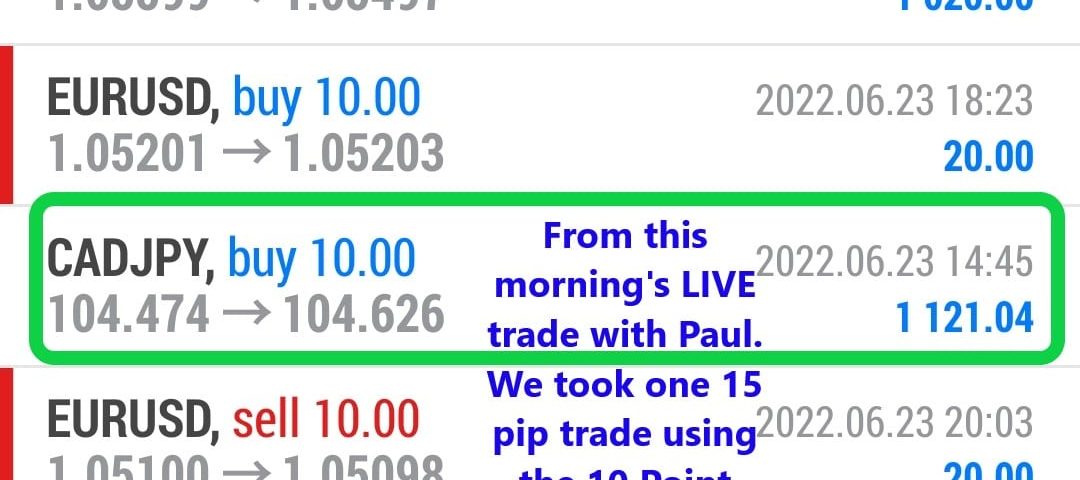Known as the “Bretton Woods System,” the agreement set the exchange rate of the US dollar against gold. Which allowed all other currencies to be pegged against the US dollar.
This stabilized exchange rates for a while. But as the major economies of the world started to change and grow at different speeds, the rules of the system soon became obsolete and limiting.
Soon enough, come 1971, the Bretton Woods Agreement was abolished and replaced by a different currency valuation system.
With the United States in the pilot’s seat, the currency market evolved to a free-floating one, where exchange rates were determined by supply and demand.
At first, it was difficult to determine fair exchange rates. But advances in technology and communication eventually made things easier.
Once the 1990s came along with the booming growth of the internet, banks began creating their own trading platforms.
These platforms were designed to stream live quotes to their clients so that they could instantly execute trades themselves.
Meanwhile, some smart business-minded marketing machines introduced internet-based trading platforms for individual traders.
Known as “retail forex brokers”, these entities made it easy for individuals to trade by allowing smaller trade sizes.
Unlike in the interbank market where the standard trade size is one million units, retail brokers allowed individuals to trade as little as 1000 units!




